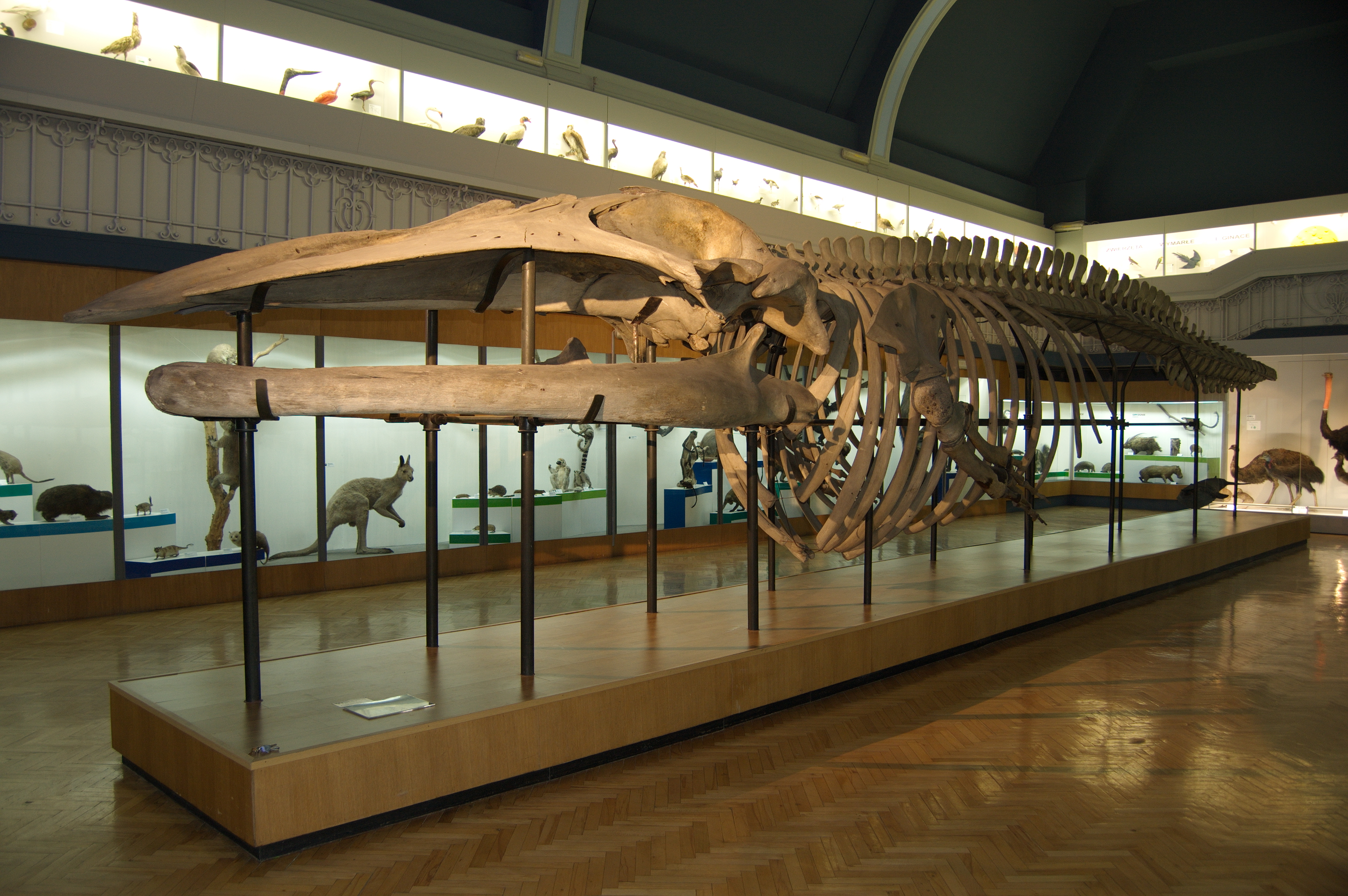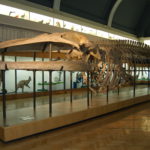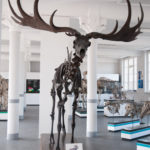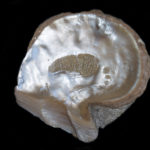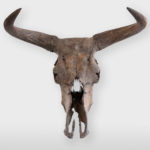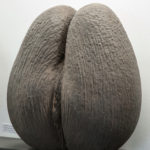Władysław Rydzewski Museum of Natural History
ul. Sienkiewicza 21
50-335 Wrocław
Tel. (71) 375 41 45
mp@uwr.edu.pl
www.muzeum-geologiczne.uni.wroc.pl
A valid entry ticket is required (prices are available on the website).
Tuesdays – Fridays: 9 am – 3 pm (ticket office closes at 2.15 pm)
Weekends: 10 am – 4 pm (ticket office closes at 3.15 pm)
Mondays: closed
Guided tours available (please book in advance by telephone).
Director: Jan Kotusz PhD
Academic staff: Prof. Marek Wanat, Prof. Tadeusz Stawarczyk, Marta Borowiec PhD, Paweł Jałoszyński PhD, Tomasz Maltz PhD, Krzysztof Świerkosz PhD, Marek Halama PhD, Małgorzata Proćków PhD
Head of the Exhibition Department: Jerzy Maciążek MSc
The museum was established in 1974 as a result of the merger of the former zoological and botanical museums with the herbarium which, until then, had been independent entities within the university. The Zoological Museum, founded by Prof. Johann Gravenhorst, was opened in 1814. It was originally housed in the main university building, and in 1904 the collections and exhibitions were moved to the present day building which was erected especially for the needs of the museum. During the Second World War, bombing completely destroyed one of its wings, together with the exhibition and teaching rooms. Approximately 50% of the scientific collections survived the war. The botanical collections began to be gathered in 1821 initially as a herbarium at the Botanical Garden. Professors Adolph Grube, Carl Chun, Willy Kükenthal and Ferdynand Pax Jr. made the most significant contribution to the museum’s development in the 19th and 20th centuries. After the war, however, the greatest contribution was made by Prof. Władysław Rydzewski, the museum’s present patron. The zoological collection includes more than 2.5 million specimens, of which nearly 70% are insects. There are also ten extinct species among several thousand vertebrates, and further critically endangered organisms (nine animal and one plant species), whereas the herbarium houses nearly 500,000 excissatae of plants and fungi. The most valuable specimens are the type specimens: a type is an example that serves to anchor the defining features of particular species named by science, which contain aprox. 6,000 such individuals of invertebrates and nearly 5,000 of plants. The
scientific collections are only available to specialists. The Natural History Museum has four permanent exhibitions which are the largest in Poland, both in terms of exhibition space and the number of exhibits. ‛World of Plants’. The exhibition contains representatives of flora from all the geographical regions throughout the world. Nearly 500 plant species are presented. The diversity of the plant world is shown starting from selected groups of algae, through fungi, lichens, bryophytes, gymnosperms and angiosperms. Thanks to the boards showing the structure of various types of plants, the exhibition can also be of help when introducing teaching programmes in the field of botany. ‛The skeletal system of vertebrates’. The exhibition illustrates the relationship between the structure and functioning of the skeleton. You can view 66 complete skeletons of various animals, including the Nile crocodile, the anaconda, the narwhal with its characteristic ‛unicorn horn’, the elephant and the rhinoceros. There is also a collection of primate skulls, from the lemur to the chimpanzee, together with models that illustrate the evolution of the ancestors of human beings. The most valuable extinct animal exhibits include a fully intact skeleton of an Irish elk and the skull of an aurochs. ‛Insects and Man’. The collection presents various aspects of the relationship between humans and insects as well as many facts and stories from the life of insects. You can see representatives of bloodsucking insects, the largest and smallest of insects, examples of their excellent colouration, the most dangerous ‛pests’ as well as the many preparations used domestically that are produced by insects. ‛The World of Animals’. This exhibition is presented in the largest, historical hall. In the very centre is the skeleton of a 15-metre-long blue whale, the largest of the whales, and the only such skeleton in Poland. On either side and on the surrounding mezzanine floor there are more than 1,500 exhibits illustrating the diversity of the animal world. All the major animal groups are represented – from sponges and corals up to the primates. The exhibition of birds is particularly impressive (approx. 500 species of 167 families, including 5 extinct species), mollusc shells and an overview of selected groups of invertebrates. The mammals include primitive monotremes – the duck-billed platypus and short-beaked echidna, and above all the predatory Thylacine, commonly known as the Tasmanian tiger or Tasmanian wolf, which is now extinct.
Prof. Tadeusz Stawarczyk

